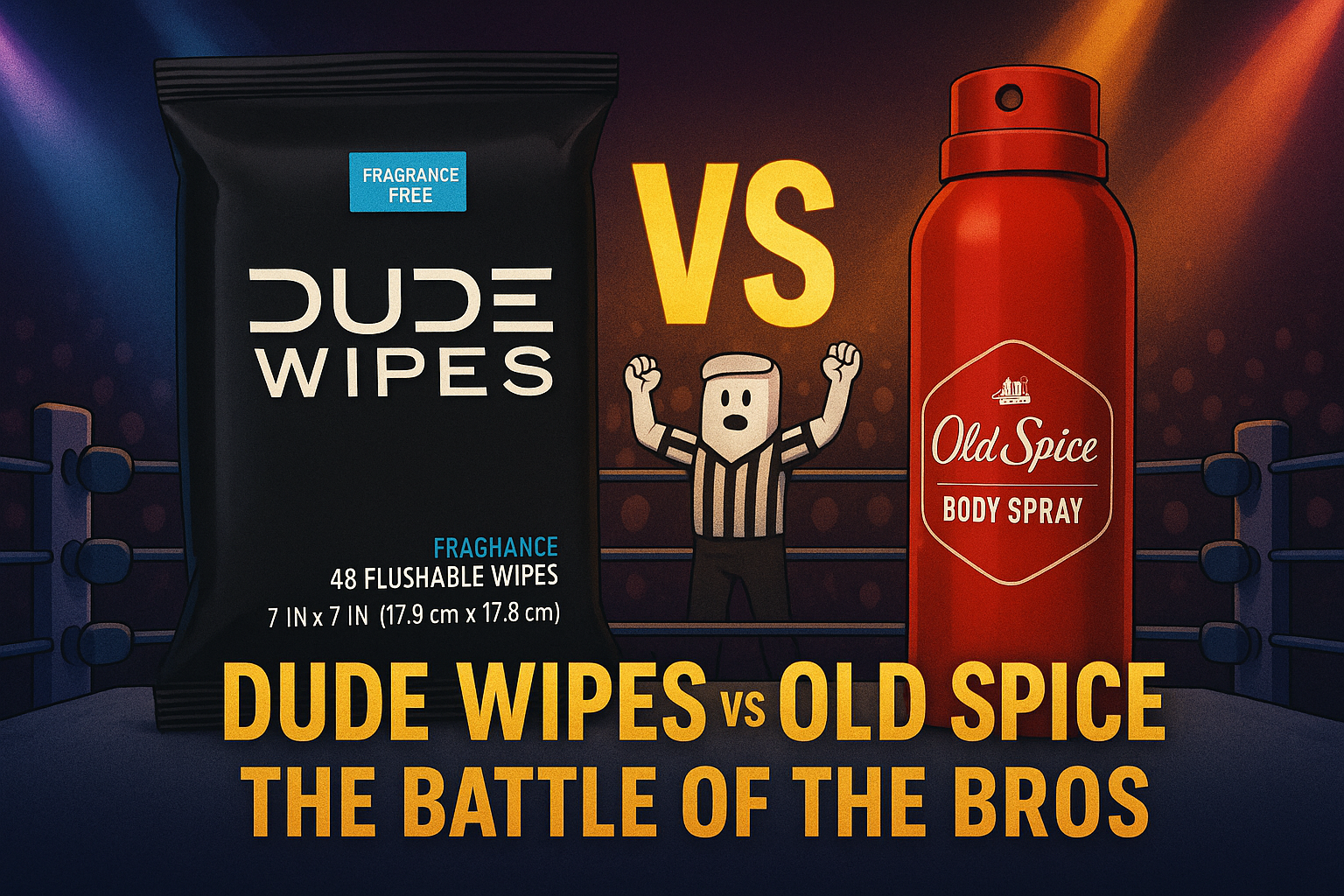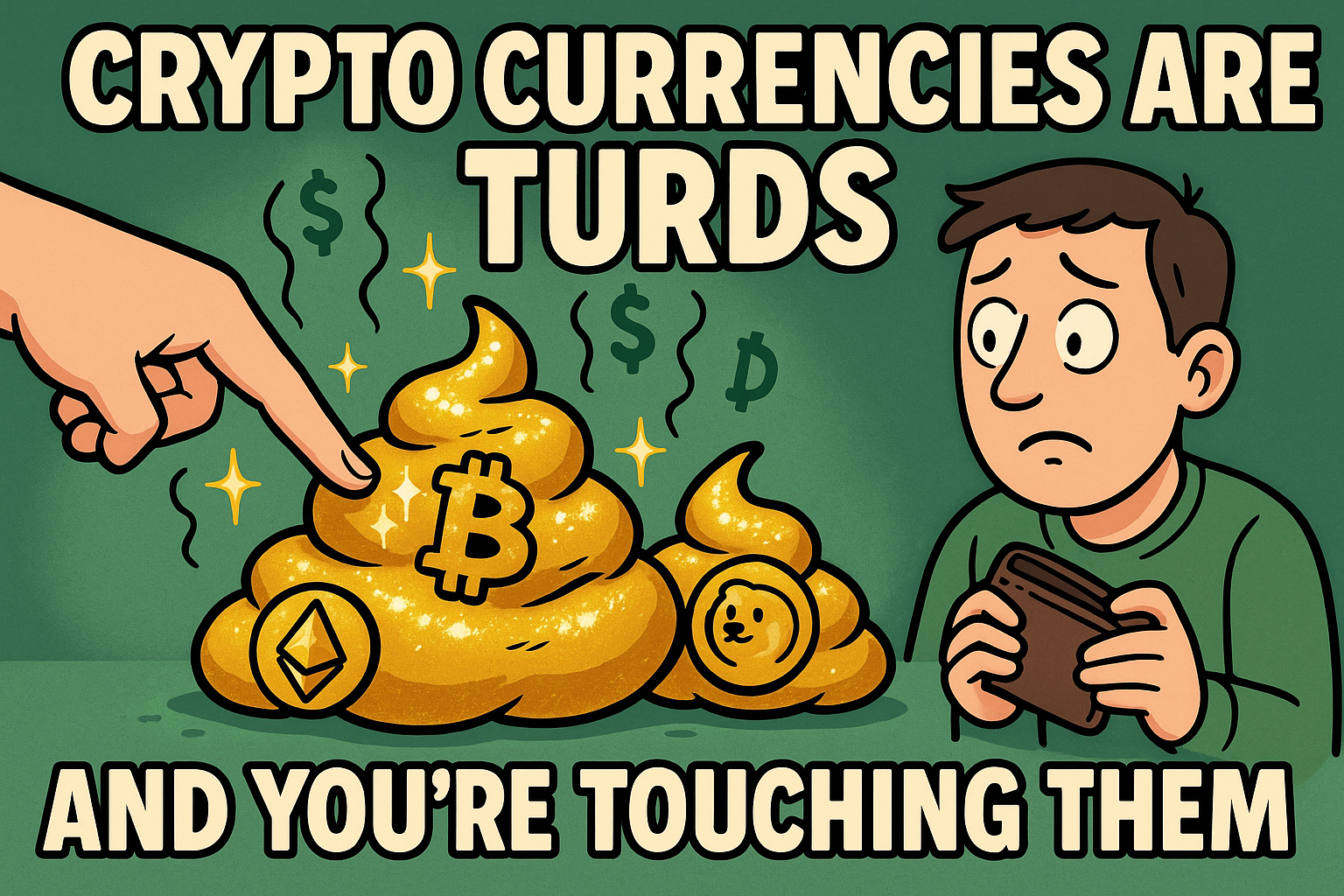Alright, listen up, gentlemen (and brave women who are trying to decode the locker room logic of their dudes) — we’re about to have a serious chat about hygiene. No, not a middle school health class. A real talk. A raw, brutally honest, slightly moist conversation about Dude Wipes — the slick newcomers to the personal care throne — and whether they’ve got the muscle to knock Old Spice off its well-scented pedestal.
If you’ve ever blasted yourself with Old Spice in the morning like you were putting out a fire (spoiler alert: you weren’t), and wondered, “Could there be a better way?”… this post is for you.
The Rise of the Wipes (And the Fall of the Spray?)
Let’s paint a picture. You just crushed a workout. You’re drenched. You’re smelly. You’re late for work. What do you do? If you’re a classic bro, you grab that can of Old Spice and spray yourself into oblivion like you’re trying to fog out a beehive.
But here’s the thing: Old Spice is strong. Like “punch-you-in-the-face-from-across-the-room” strong. Sometimes, it’s not refreshing — it’s a chemical warfare zone that smells like teenage overcompensation and a middle school dance. Is that really the vibe?
Enter: Dude Wipes. Originally made for your backside (seriously), but now proudly wiping all parts of the male anatomy. These gentle little sheets of moist manliness are now being used for pits, face, undercarriage, and the “hey-don’t-ask” areas. Think of them as the Swiss Army knife of hygiene — but with eucalyptus and vitamin E.
Round 1: Scent War
Old Spice:
Unmistakably bold. Often described as smelling like a lumberjack who just got back from a rave. Over the years, they’ve dropped names like “Bearglove,” “Swagger,” and “Krakengard.” Yes, they literally named a body spray after a sea monster.
Dude Wipes:
Subtle, clean, and low-key refreshing. More spa day than monster truck rally. They smell like confidence without the shouting. You could use one on your neck, walk into a room, and not have everyone’s eyes start watering.
Winner: Dude Wipes for anyone trying to avoid giving their coworkers scent-based migraines.
Disclaimer: As an Amazon Associate, I earn from qualifying purchases. This means if you click on a link and make a purchase, I may receive a small commission—at no additional cost to you.
Round 2: Skin Friendliness
Old Spice:
Alcohol-based spray, which can dry out your skin faster than your last situationship. If you’ve got sensitive skin, you may already know the burning sensation that follows a spray-too-close moment.
Dude Wipes:
Infused with soothing aloe and vitamin E. Hypoallergenic. Paraben-free. Fragrance-free options exist. Basically, it’s like giving your skin a tiny spa retreat in the middle of your chaotic day.
Winner: Dude Wipes. Old Spice may win the scent war in frat houses, but your skin deserves a gentler touch.
Round 3: Portability and Use
Old Spice:
One can. One use. One scent. And let’s be honest — it’s awkward spraying yourself in a public bathroom while people outside think you’re firing a foghorn.
Dude Wipes:
Pocket-sized. No sound. Can be used discreetly anywhere — car, office, even mid-date if things get… heated. Plus, multi-use. Wipe your pits. Wipe your face. Wipe… wherever.
Winner: Dude Wipes. It’s the James Bond of hygiene — silent, versatile, and leaves no trace.
Round 4: Environmental Impact
Old Spice:
Aerosols and aluminum cans. Not exactly eco-friendly. You smell great, but the Earth sighs a little every time you press that nozzle.
Dude Wipes:
Biodegradable options exist. Some are flushable (though sewer workers might beg you not to). Still, better for Mother Nature overall.
Winner: Dude Wipes. Better for your body and the planet. Old Spice may smell like nature, but Dude Wipes are actually being kind to it.
Real Talk: Can Wipes Actually Replace Spray?
Now, I’m not saying toss out your Old Spice entirely. That can still come in clutch before a night out or when you want to assert dominance at a gym mirror. But for your daily hygiene game? Wipes are the move.
You don’t need to smell like a medieval warrior all the time. Sometimes, smelling clean is better than smelling loud. And with wipes, you’re actually cleaning, not just covering the funk like Axe Body Spray during puberty.
Social Experiment: The Dude Wipes Challenge
Want to test this? Go one week replacing your daily Old Spice blast with Dude Wipes. Use one in the morning. Wipe your pits, neck, and (optional but encouraged) lower body. Then see how many compliments you get. Spoiler alert: It’ll be more than zero.
Pro Tip: Combo Attack
Use both. Start with a quick wipe-down using Dude Wipes, and if you’re feeling like you’re about to walk into a shark tank of alpha males, finish with a light mist of Old Spice. Not a fog. A mist. We’re not crop-dusting a bus stop.
Final Verdict: Should You Replace Your Old Spice?
If you’re still asking this question by now, I worry about your attention span — but I got you.
YES, at least partially.
Old Spice is a vibe. But Dude Wipes? They’re the revolution. They’re the quiet, cool kid in class who doesn’t need to shout to be noticed. And honestly, your body (and probably your girlfriend) will thank you.
You can still be the guy who smells good. Just maybe without the overbearing notes of “Mountain Explosion” or “Wolfthorn’s Revenge.”
TL;DR – Wipe Down the Truth
- Old Spice is bold but burns and overwhelms
- Dude Wipes are gentle, clean, and convenient
- Wipes clean; spray covers
- Wipes are better for your skin and the planet
- Consider using both smartly — but wipes should be your new go-to
Final Thoughts
In a world where self-care is finally cool and your armpits deserve respect, don’t cling to old habits just because they hiss like a snake in a can. Upgrade your game. Be the guy who wipes his pits with purpose.
Dude Wipes: Because sometimes, smelling like a grown man starts with wiping like one.































![5 Must-Have Toys For Your Cat in 2025 33 Cat Toys [2025 Newly Upgraded] Real Random Trajectory Rechargeabl...](https://m.media-amazon.com/images/I/417912ALc4L.jpg)






















